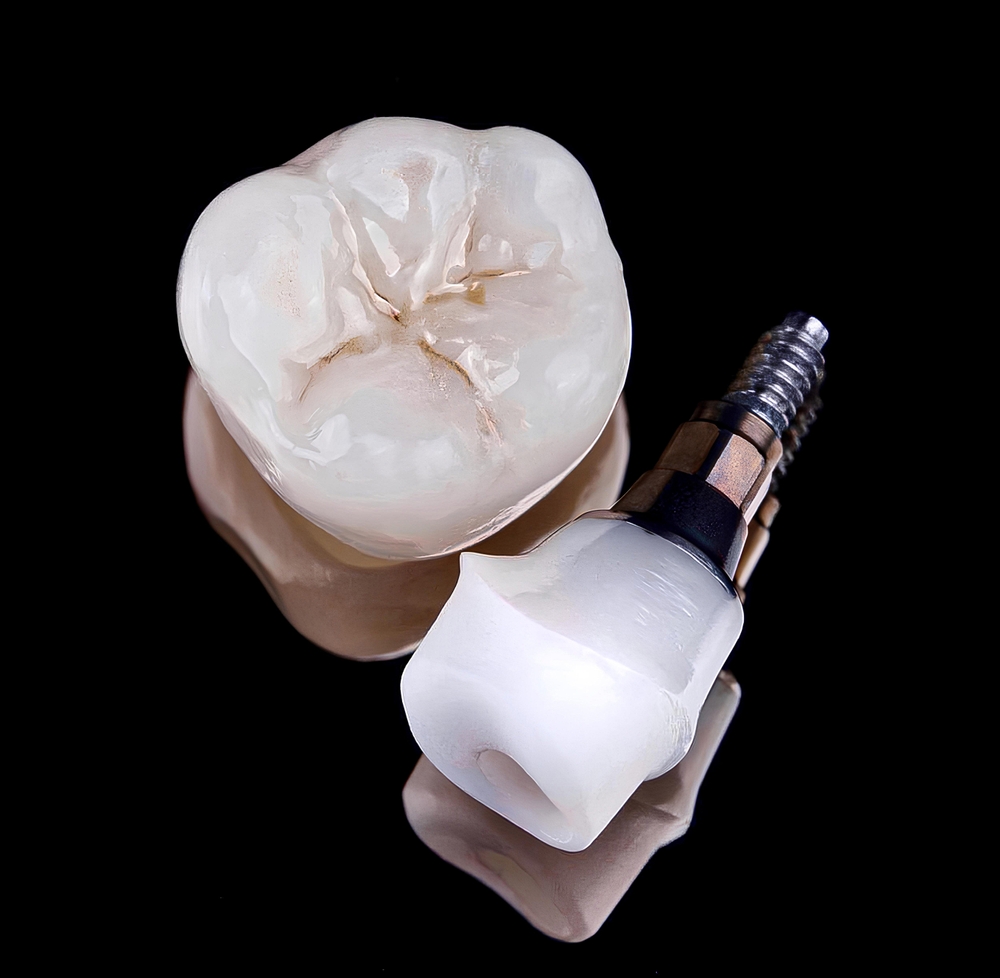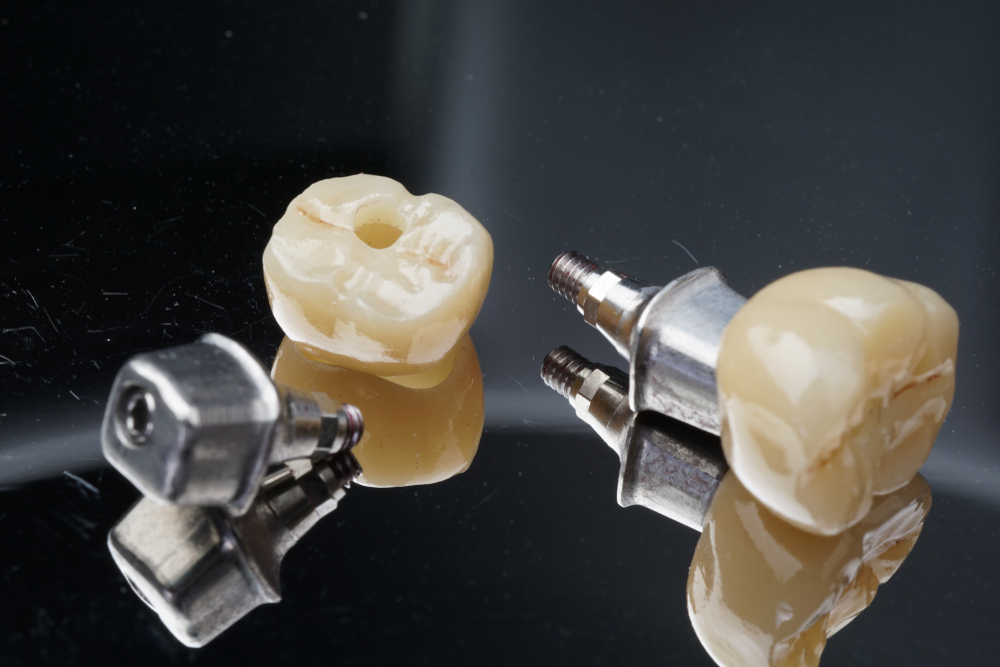When it comes to restorative dentistry, dental bridges play a pivotal role. They are not just about aesthetics; dental bridges are crucial for maintaining oral health, ensuring efficient chewing, and preserving the integrity of your facial structure. In this blog, we’ll dive into the world of dental bridges, exploring the different types and their specific indications.
What Are Dental Bridges?
A dental bridge, as the name suggests, bridges the gap created by one or more missing teeth. It typically consists of two or more crowns for the teeth on either side of the gap and a false tooth/teeth in between. These false teeth, known as pontics, can be made from gold, alloys, porcelain, or a combination of these materials. Getting a dental bridge usually requires multiple visits to the dentist – one for preparing the anchoring teeth (abutments) and another for fitting the bridge. There are different types of dental bridges, including:
Traditional Bridges
Traditional bridges are the most popular type. They involve creating a crown for the tooth or implant on either side of the missing tooth, with a pontic in between.
Indications:
- One or more missing teeth with healthy, strong teeth on either side to support the bridge.
- The adjacent teeth must have enough strength and structure to support the bridge.
- Suitable for both front and back teeth, depending on the condition of adjacent teeth.

Cantilever Bridges
In a cantilever dental bridge, the pontic is supported by a crown on only one side, unlike traditional bridges.
Indications:
- Appropriate when there are adjacent teeth on only one side of the missing tooth or teeth.
- Often used when it’s not possible or desirable to prepare teeth on both sides of the missing tooth.
- Not typically recommended for the back of the mouth where they would endure excessive force.
Maryland Bridges
Maryland bridges use two natural abutment teeth, one on each side of the gap. However, they are not crowned. Instead, a metal or porcelain framework is bonded onto the backs of the abutment teeth.
Indications:
- Ideal for replacing front teeth where the bite pressure is not too high.
- Suitable when the adjacent teeth are healthy and don’t have large fillings (as the bridge relies on a strong bond to the existing teeth).
- A good option for patients who prefer a less invasive procedure (since adjacent teeth require minimal or no preparation).
Implant-Supported Bridges
These bridges are supported by dental implants rather than crowns or frameworks. Typically, one implant is surgically placed for every missing tooth, and these implants hold the bridge in position.
Indications:
- Best suited for patients missing several teeth in a row.
- A viable option when the patient lacks strong adjacent teeth suitable for supporting a traditional bridge.
- Preferred when preservation of remaining oral structures is desired, as they help maintain jawbone integrity.
- Suitable for patients who are good candidates for dental implants (adequate bone density and good overall health).
Choosing the Right Type of Bridge
When choosing the right type of dental bridge for a patient, dentists consider several factors to ensure the best fit, functionality, and aesthetic outcome. Here are the key considerations:
| Factor | Considerations in Choosing Dental Bridge Type |
| Location and Number of Missing Teeth | – Position in the mouth (front vs. back teeth). – Number of consecutive missing teeth. |
| Condition of Adjacent Teeth | – Health and stability of adjacent teeth for traditional or cantilever bridges.- Presence of large fillings or weak teeth. |
| Oral Health and Bone Structure | – Overall gum health and bone density, especially for implant-supported bridges. – Suitability given periodontal disease or bone loss. |
| Aesthetic Considerations | – Aesthetics for front teeth replacement. – Matching color and shape with existing teeth for a natural appearance. |
| Patient’s Age and Lifestyle | – Consideration of age, lifestyle activities, and long-term dental prognosis. – Durability and functionality based on lifestyle. |
| Cost and Insurance Coverage | – Budget constraints and what is covered by dental insurance. – Feasibility of more expensive options like implant-supported bridges. |
| Patient Preferences | – Preference for less invasive procedures. – Individual comfort with different bridge types. |
| Functionality | – Impact on chewing and speaking.- Avoidance of bite misalignment or stress on other teeth. |
Conclusion:
Dental bridges offer a functional and aesthetic solution to missing teeth. Understanding the different types of bridges and their specific applications can help you make an informed decision. Remember, a consultation with your dental professional is essential in choosing the right bridge for your needs.




